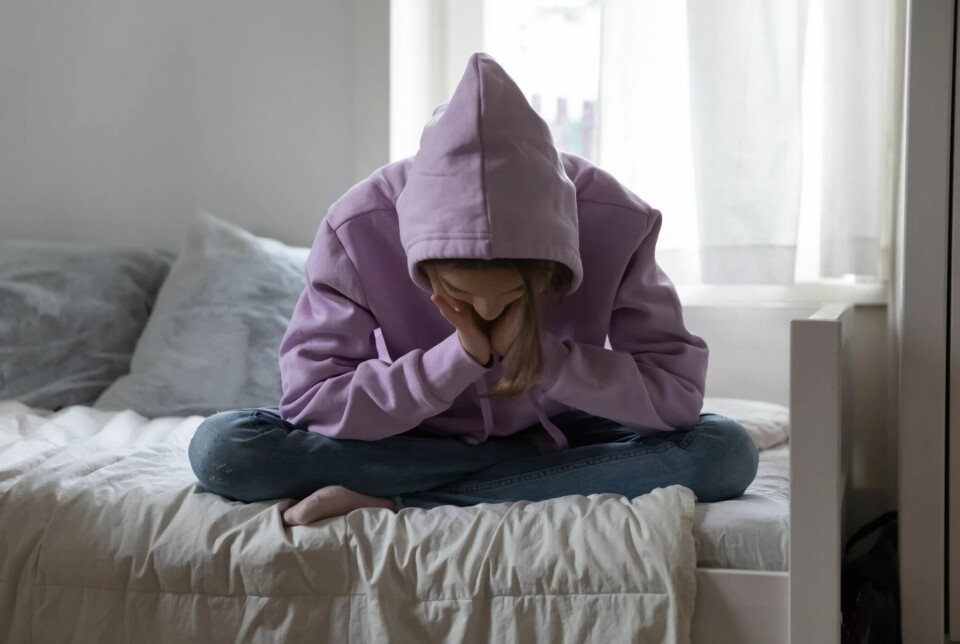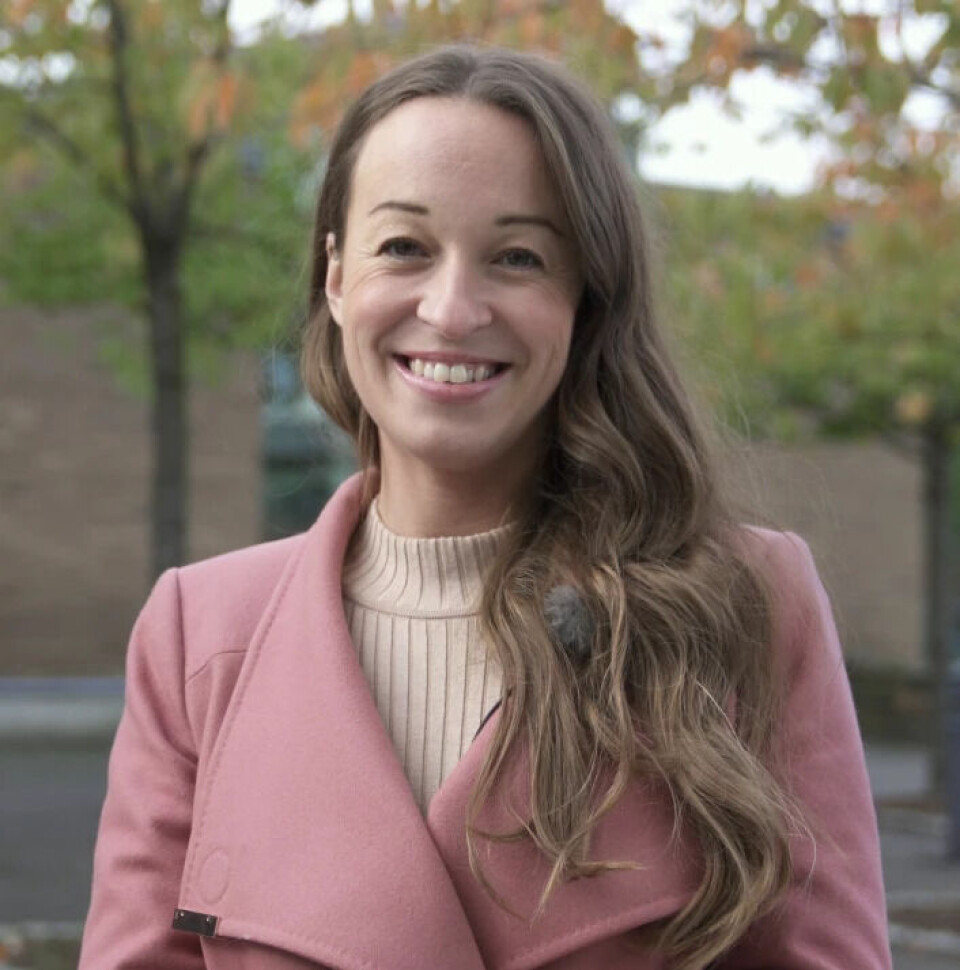THIS CONTENT IS BROUGHT TO YOU BY THE University of Agder - read more

Schools do not address sexual abuse against young people
"Teachers care about their students, but choosing not to talk about violations and abuse is a misguided way to show concern," researcher says.
It started with an episode of Skam.
The second season of NRK's popular TV series followed the character Noora Amalie Sætre. In the ninth episode, she wakes up after a party and suspects that she has been raped by her boyfriend's brother.
Beate Goldschmidt-Gjerløw was a teacher at an upper secondary school when the series was broadcast in 2016.
Students seldom discuss the topic
“When I saw that episode, I thought I would have to talk about this in class. Young people often experience being abused by other young people, and I wanted to address topics such as the setting of boundaries and rights,” Goldschmidt-Gjerløw says.

When she brought the Skam episode up in class, she learned that the pupils had talked very little about such issues in the past. It wasn't brought up by their teachers, and they didn't talk much about it with their parents either.
Fellow teachers Goldschmidt-Gjerløw spoke to were not sure whether this topic belonged in a classroom at all. And if they were to teach it - where would they start?
At the bottom of the list
Fast forward to spring 2023, and Beate Goldschmidt-Gjerløw has recently completed her doctorate at the University of Agder (UiA). In her work, she interviewed 64 social science teachers.
She asked the teachers to what extent they teach topics such as rape among young people, sexual abuse of children, and MeToo.
“Offences against children and young people came at the very bottom of the list of topics the teachers talked about in class,” the researcher says.
The reasons are complex. Tteachers felt that they did not have enough expertise in the area. They imagined that they might retraumatise or stigmatise students who may have experienced abuse. They were also worried that someone might cry or run out of the classroom.
“The teachers were worried about getting too close to their pupils. Such worries mean that neither teachers nor pupils raise the topics of violations or abuse,” Goldschmidt-Gjerløw says.
She believes that most of the explanation lies in deficiencies in teacher training and the curriculum, but also in the cultural taboo against talking about such issues.
"Teachers really care about their students, but choosing not to talk about violations and abuse is a misguided way to show concern. Topics like skewed power relations, and that victims are never to blame for what has happened, are important to include in teaching,” she says.
Historical taboo for women
The researcher found a clear relationship between the gender and age of the teachers and how willing they were to talk about harassment and abuse in class.
“Young female teachers, in particular, bring up these issues. Just like I did a few years ago,” Goldschmidt-Gjerløw says.
Younger teachers teach more about this than older ones. And older female teachers teach the least about it.
“Historically, it has been very difficult for women to talk about such experiences. It's possible that this cultural taboo could be the reason,” the researcher says.
Developed a role-playing game
Inspired by her findings, Goldschmidt-Gjerløw created a teaching pack on harassment and abuse. She collaborated with two of the teachers she interviewed and their pupils.
She gave the pupils a list of 10 topics they could choose to work on. They chose harassment and abuse among young people.
“It is somehow a paradox in a way and perhaps an explanation too: When teachers teach so little about this, the students want to learn more about it,” says Goldschmidt-Gjerløw.
Together, they developed a role-playing game. The pupils wrote scripts about events at places such as training centres, parties, or on the bus. Then they acted out the roles of the harassed, the harasser, the bystanders, and the one who intervenes.
Felt powerless
“We wanted to make the pupils aware that they can influence a situation when they see someone being harassed. But they felt that it made the role-play fake, because in real life, their experience is that no one intervenes,” Goldschmidt-Gjerløw says.
The students expressed that they felt powerless to stand up against harassment in their daily lives. They were also unaware that they have rights that should protect them from it or that the teacher has a responsibility to prevent it.
“They had taken on all the responsibility and felt that they had to handle it on their own. There is great potential for improvement if young people become aware that they have the right to be protected from such incidents,” the researcher says.
Especially the boys in the class said that they wouldn't speak up if they were subjected to something, while the girls were more doubtful. This has to do with traditional gender roles, according to Goldschmidt-Gjerløw.
Reference:
Goldschmidt-Gjerløw, B. 'Sexual violence and children's rights : A mixed methods study of teachers' and students' perceptions of teaching practice in social science education', Doctoral dissertation at the University of Agder, 2023. (Abstract)

This content is paid for and presented by the University of Agder
This content is created by the University of Agder's communication staff, who use this platform to communicate science and share results from research with the public. The University of Agder is one of more than 80 owners of ScienceNorway.no. Read more here.
More content from the University of Agder:
-
This researcher has helped more economics students pass their maths exams
-
There are many cases of fathers and sons both reaching elite level in football. Why is that?
-
How we used plants to protect ourselves from evil
-
What is it like for nurses to promote health behind bars?
-
This can make life easier for new maths teachers
-
Norwegian women were burned at the stake here




































